#Carrozzeria Francis Lombardi
Text



Fiat 127 Coupé, 1974, by Francis Lombardi. A coupé prototype based on the diminutive Pio Manzù-designed 127 (pictured centre). This was the last car made by Carrozzeria Francis Lombardi which had been founded in 1947 in Vercelli, Italy, by noted pilot Carlo "Francis" Lombardi. It was to be shown at the Turin Motor Show in October 1974 but the financial situation of the coachbuilder meant that it was withdrawn. Along with several other Lombardi concepts it is thought that the 127 Coupé was broken up for parts when the company was liquidated
#Fiat#Fiat 127#Fiat 127 Coupé#Francis Lombardi#Carrozzeria Francis Lombardi#design study#concept#prototype#1974#50 years ago#Vercelli#last of the line
124 notes
·
View notes
Photo

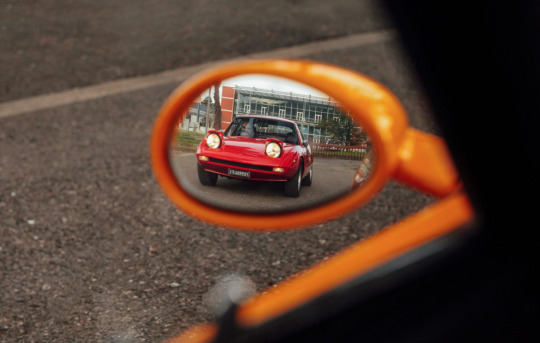
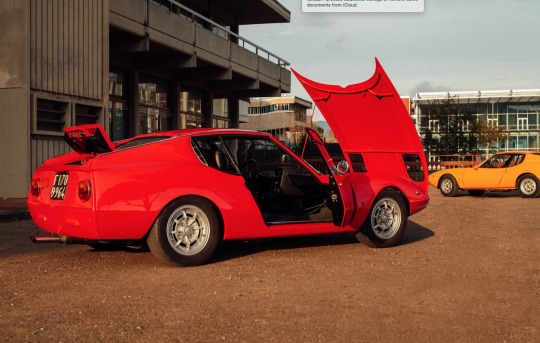
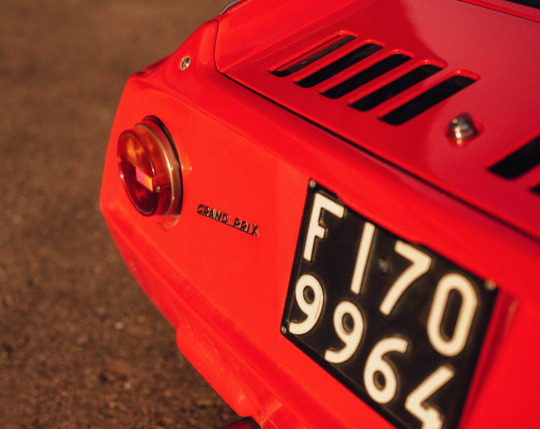

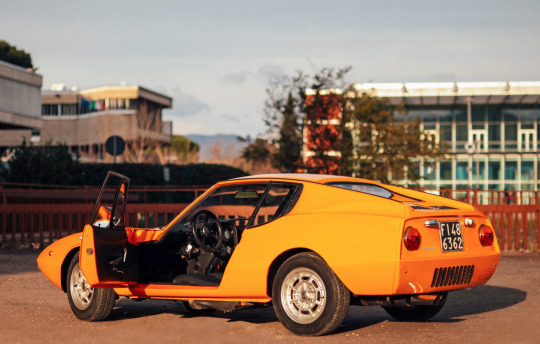
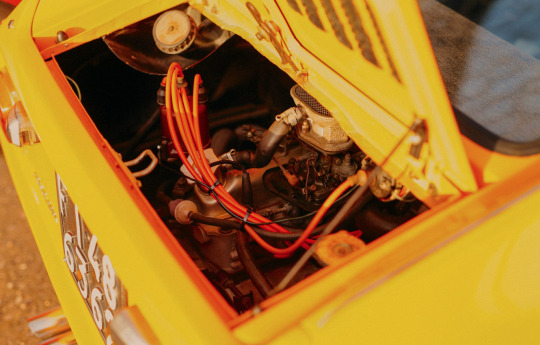
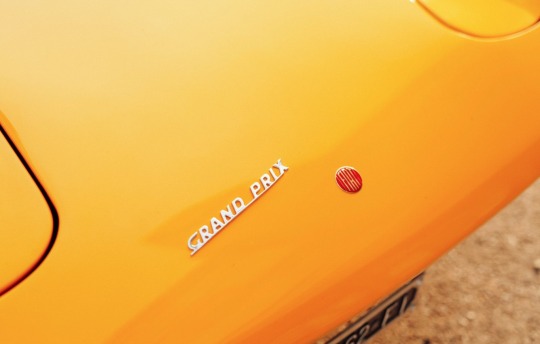

Lombardi Grand Prix
Achieving a claimed 99mph from a diminutive 843cc, 43hp motor, the top speed statistic of the Lombardi Grand Prix clearly owed much to its aerodynamic shape. Which makes some sense, when you learn that Carrozzeria Francis Lombardi was founded by a World War One flying ace in 1947, who was originally building aircraft before the switch to a concentration on cars just three years later. The 1968 production release of the Grand Prix model was the coachbuilder’s most well-known contribution to on-land motoring, though with production lasting just four years, only a small quantity of these unique machines were ever manufactured, making one, let alone two, a rare sight today.
Later setting up his own company in Vercelli, Carrozzeria Francis Lombardi based most of their designs on existing Fiat chassis, like this effort, the Grand Prix, built around a Fiat 850.
Utilizing the inline-four, rear-mounted engine—which had previously achieved a top output rating of 37hp—the Grand Prix retained the 850’s four-speed, rear-engine, rear-wheel drive configuration. The styling however, couldn’t have been more different. The in-house design was done by Giuseppe Rinaldi, featuring a steel unibody with a Kamm tail and a long, low bonnet that culminated in a sharp nose panel, with electrically powered retractable bucket headlights—“pop ups”—then a modern addition for the time and price tag of the car. These were constructed from fiberglass, as was the rear fascia and dash panel. Front suspension included traverse leaf springs below, with control arms above, and coil-sprung semi-trailing arms on the rear.
46 notes
·
View notes
Photo
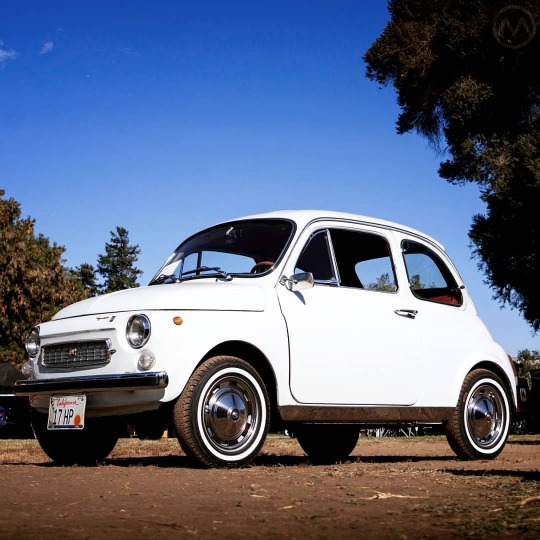
In the 1960s, Fiat commanded its home market like few other manufacturers - with market shares as high as 79%. Italy kept car tariffs high even as the rest of Europe eased them, and thus its roads were a sea of Fiats. Customers who wanted something else could buy an Autobianchi (a fiat subsidiary) or a foreign car if they wanted to pay some extra dough, or they could buy one of the many creations that spring up on Fiat architecture from firms like Abarth, Giannini, Moretti - or in this case, Carrozzeria Francis Lombardi. Unlike the Abarth 500s, Lombardi’s Fiat 500 “My Car” was a luxury take on the 500 - with subtle styling changes and a few new frills. It ended up being Lombardi’s most successful car. Lombardi was founded by Genoan-born Carlo Francesco Lombardi, a WW1 flying ace whose entire pre-ww2 life was defined by flying. Not only was he a master of the biplane, he made many long distance flights from his home in Vercelli. Eventually he designed his own plane (the AVIA Fl.3) and founded a company to build it. After WW2, he eventually sold off the aviation business and started building custom cars in 1947, mostly lightweight wooden estate bodies on Fiat chassis - woody wagons. Eventually the new Carrozzeria branched out into creating really different bodies for Fiats, including four-door versions of the 600 and 850, with the latter design getting licensed by Seat of Spain into a proper production car, the Seat 850 Corto. In the late 1960s he got more ambitious about semi-volume cars, and 1968 saw his two biggest triumphs - the 850-based Lombardi Grand Prix sports car, which would soon see further development in collaboration with Giannini and Abarth, and the My Car, which was aimed at 500 customers who wanted something nicer than the other bajillion 500s on Italian roads. The “My Car” had a higher roof in two versions (one with a sunroof) culminating in a Kamm-type spoiler, different front end styling with a mock grill, nicer interior materials, fancy chrome wheels, a wood-roomed steering wheel, and opening rear windows, which the 500 always sorely needed. Power was the same, but buyers liked the difference, and bought nearly 6,000 of them. https://www.instagram.com/p/CFsPXb6l15n/?igshid=1an9k1voz0xo7
0 notes
Text
Shannons has a rare Lombardi Grand Prix coupe coming up for auction in November.
The Lombardi is a small, rear-engined, rear drive sports car based on the floorpan of the Fiat 850.
It was developed by the Carrozzeria Francis Lombardi, based on an in-house design by Giuseppe Rinaldi.
The Grand Prix was built from 1968 until 1972 and also marketed as the OTAS 820, as well as a Giannini, the Abarth Grand Prix and Scorpione.
The car was first shown in March 1968 at the Geneva Motor Show.
The design was originally shown as a concept based on the front-wheel drive Autobianchi A112, adapted by Lombardi for the floorpan of the 850 sedan.
At Turin 1969 a targa version was also shown, called the Monza, of which at least two were built.
The original Lombardi Grand Prix as presented had the regular 843 cc Fiat 850 engine with a princely 27 kW of power and four-speed manual gearbox.
With a weight of 630kg and wind-cheating profile, the car had a top speed of 160 km/h.
Later models were fitted with 35kW 850 Special engine.
There were two series: early models used the standard metal engine cover from the Fiat 850 while the Series II cars had a louvred, black metal cover.
The Abarth version, first seen at the 1968 Paris Motor Show, received a tuned version of the larger 903 cc engine with 38kW from the Fiat 850 Sport Coupé/Sport Spider.
In 1970 Abarth showed a more powerful Abarth 1300 Scorpione, with a version of the Fiat 124’s 1.2-litre engine, bored out to 1280 cc.
This version offered 55 kW but was a little heavier.
The 1969 Scorpione S had a more developed chassis but with a lower powered engine.
Abarth’s Mario Colucci also developed the 75 kW Scorpione SS with a top speed of 185km/h.
This powerful model was extensively re-engineered, with a coil-over front suspension, a reworked rear suspension, anti-sway bars front and rear, and all-wheel Girling disc brakes.
When Abarth was taken over by Fiat in 1971, the project was quickly cancelled.
CHECKOUT: Tiny Abarth bridges the gap
CHECKOUT: Meet the fire-breathing beast of Turin
Rare Lombardi up for grabs #Abarth #cars4start #Fiat #Lombardi Shannons has a rare Lombardi Grand Prix coupe coming up for auction in November. The Lombardi is a small, rear-engined, rear drive sports car based on the floorpan of the Fiat 850.
0 notes
Link
TOLENTINO – Sono state circa cinquanta le vetture che sono state sottoposte all’analisi dei commissari dell’Automotoclub Storico Italiano per il rilascio dei certificati d’identità e le omologazioni delle auto d’epoca. L’annuale seduta messa a calendario dal club CAEM/Lodovico Scarfiotti si è svolta presso l’officina CA.BI. Gomme della famiglia Lausdei, divenuta ideale sede per le sedute auto e moto.
Nell’attività dell’ASI e dei club federati, rivolta al patrimonio motoristico storico, è il necessario gradino per poter ottenere la documentazione che attesta la conservazione, l’eventuale restauro e soprattutto l’originalità e la fedeltà dell’allestimento delle parti di un mezzo d’epoca che entrerà a far parte della propria ambita collezione e magari, anche lo stimolo per la partecipazione a manifestazioni ed eventi.
Il calendario nazionale e locale è infatti fitto di appuntamenti generici, raduni di marca o di modello, rievocazioni ed eventi vari che propongono ogni anno i molti club federati della penisola. A Tolentino, come di consueto, si sono dati appuntamento proprietari di auto appartenenti a molti club federati delle Marche e non solo ad iniziare naturalmente dal CAEM/Scarfiotti, che hanno presentato una bella serie di esemplari, con alcune curiosità.
E’ stata presentata ad esempio una Citroen 2CV del 1983 personalizzata da un artista, che ne ha dipinto la carrozzeria, poi due rari esemplari d’inizio secolo scorso, una Fiat tipo Zero del 1913 ed una Bianchi Tipo 15 del 1922. Poi diverse Alfa Romeo, Autobianchi, Bmw, una Fiat Francis Lombardi 850 Special Grand Prix del 1969, una Fiat 1100/103TV del 1954, Ford, Lancia, Maserati, Mercedes, MG, Porsche e Volkswagen.
Ora il club CAEM/Scarfiotti si prepara per il prossimo appuntamento organizzativo fissato per i giorni 1-2 settembre con la 22^ Rievocazione del Circuito Chienti e Potenza dedicato alle moto d’epoca. Coinvolgerà come sede logistica l’Abbadia di Fiastra e la città di Tolentino per una sosta al Castello della Rancia e per la partenza della rievocazione che toccherà come sempre anche San Severino Marche e Serrapetrona.
0 notes
Text
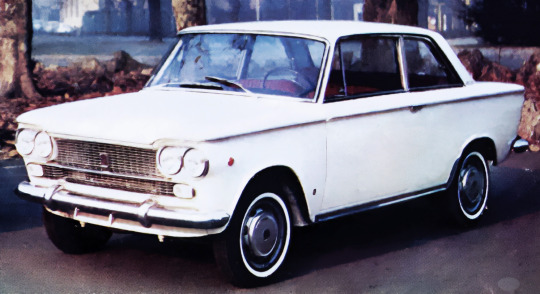
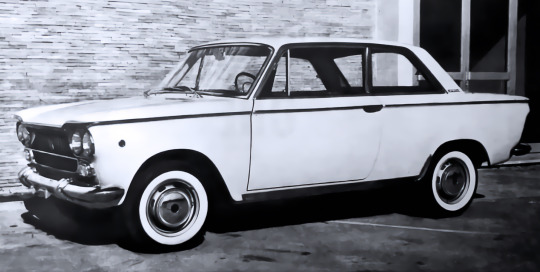

Fiat Coupé Smart, 1963, by Francis Lombardi. A coachbuilt 2-door version of the Fiat 1300/1500 saloon that was made in limited numbers by the Vercelli-based Carrozzeria
#Fiat#Fiat Coupé Smart#Francis Lombardi#coachbuilt#Carrozzeria Francis Lombardi#coupé#Fiat 1500#1963#1960s
146 notes
·
View notes
Text
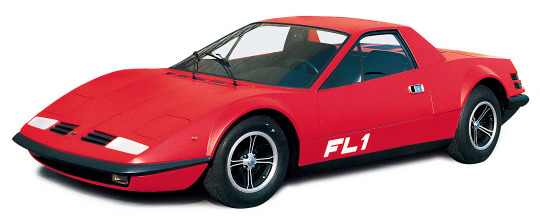

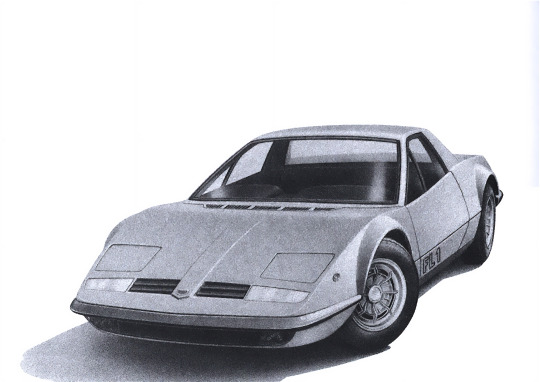


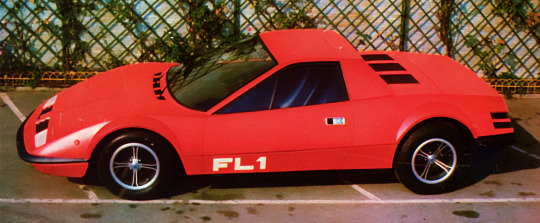
Boxing Day Boxers: Part 4 – Lombardi FL1, 1972, by Carrozzeria Francis Lombardi. A prototype for a mid-engines sports car powered by a fuel-injected 2 litre (1991cc) Lancia Flat-4 boxer engine. There were plans for a production run of 150 cars including a more high-powered version with a Ford V6. Alas the Carrozzeria was in financial trouble and lacked the resources to put the FL1 into production and so it remained a one-off. Carrozzeria Francis Lombardi was disbanded in 1973
#Lombardi#Lancia#Lombardi FL1#prototype#Flat 4#boxer engine#Carrozzeria Francis Lombardi#Lancia engine#mid-engined#1972#1970s#dead brands#brochure#Boxing Day Boxers
167 notes
·
View notes
Text
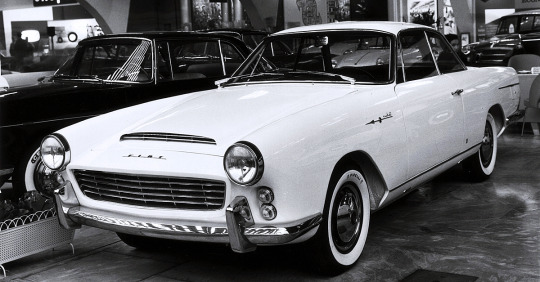

Fiat 2100 Rocket, 1959, By Francis Lombardi. Fiat used the 1959 Turin Motor Show to introduce their new 6 cylinder flagship saloon, the 1800/2100. Carrozzeria Francis Lombardi has been making special versions if Fiat's models since the early 50s and their Rocket used the Fiat's chassis and 2,054cc straight 6 in a stylish coupé body. It remained a one-off
#Fiat#Fiat 2100#Fiat 2100 Rocket#Francis Lombardi#Carrozzeria Francis Lombardi#coachbuilt#prototype#design study#sports coupé#Turin Motor Show#1959
143 notes
·
View notes
Photo


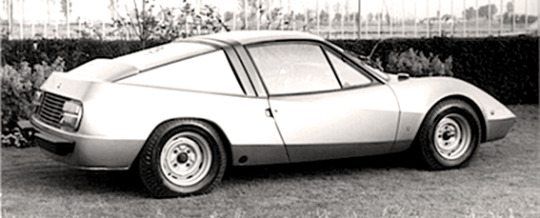
Volkswagen 1600 SS, 1979 by Lombardi. A Bettle-based coupé concept by the Italian coach builders
#Volkswagen 1600 SS#Carrozzeria Francis Lombardi#Lombardi#coachbuilt#1970#concept#prototype#rear engine
85 notes
·
View notes
Photo
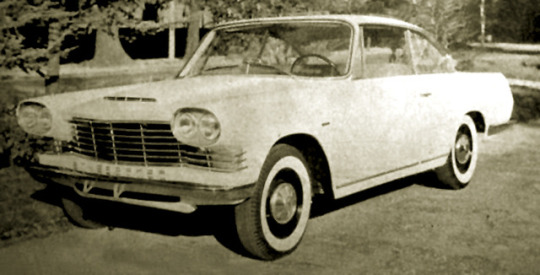

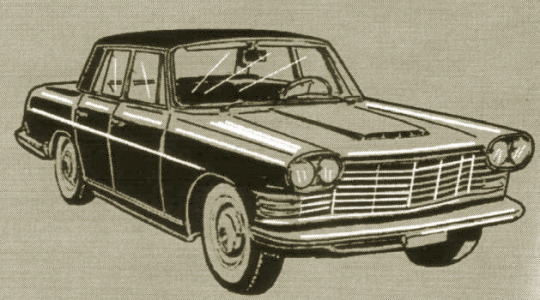
Studebaker Italia, 1960, by Carrozzeria Francis Lombardi. In addition to the Frua Larks, Renato Bornigia (the Italian Studebaker concessionaire) commissioned a coupé and saloon from Lombardi. There appear to be no photographs of the saloon, some sources credit the 4-door Frua prototypes to Carrozzeria Lombardi but they were definitely made by coach builder Italsuisse who worked with Pietro Frua on a number of projects (I think confusion arouse because all of the cars used the name Studebaker Italia) . Like the Frua cars, the Lombardi Larks never progressed beyond prototype stage
#Studebaker#Studebaker Italia#Francis Lombardi#Carrozzeria Francis Lombardi#coachbuilt#prototype#concept#1960#1960s
34 notes
·
View notes
Photo
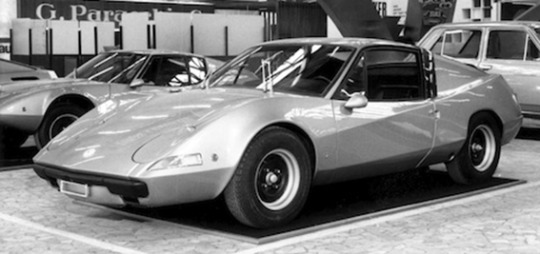
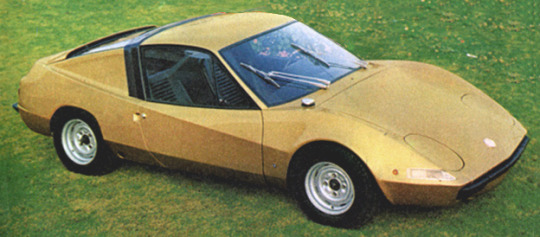
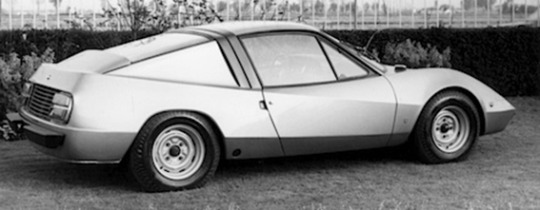
Volkswagen 1600 SS, 1970, by Francis Lombardi. A seat sports car based on the Beetle platform with a rear-mounted 85hp flat 4 engine
#Volkswagen#Volkswagen 1600 SS#Francis Lombardi#1970#Carrozzeria Lombardi#Volkswagen Beetle#rear engine#prototype#concept#design study#wedge design#boxer engine
118 notes
·
View notes
Photo
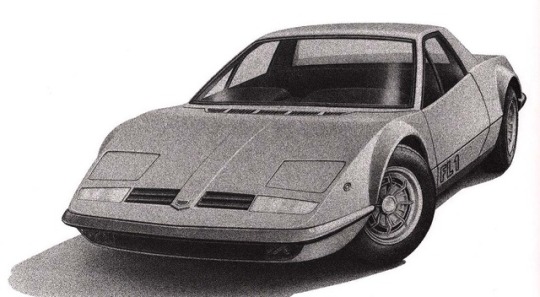
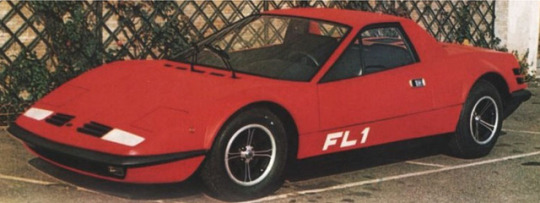


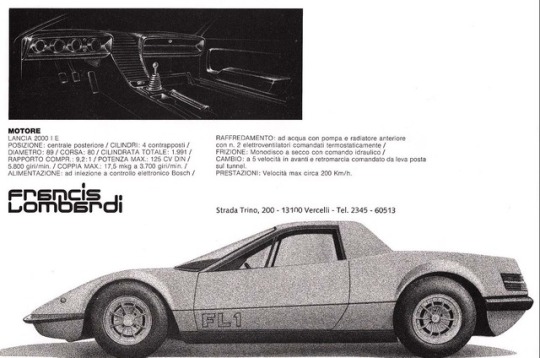
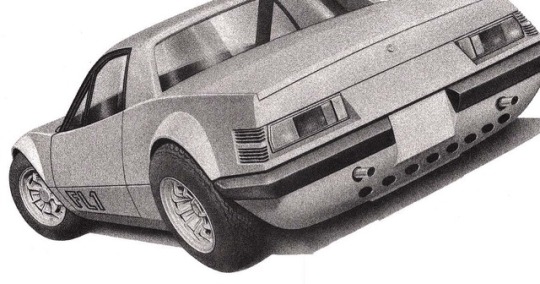
Francis Lombardi FL1, 1972. My favourite Carrozzeria Lombardi prototype, the mid-engined FL1 was fitted with a 2.0 litre Lancia flat 4 engine. Two versions were proposed, the 2.0 litre and a 3.0 litre version using a Ford V6. However the project never made it beyond the Lancia-powered prototype
125 notes
·
View notes
Photo
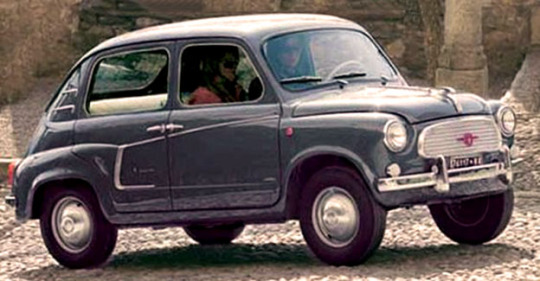

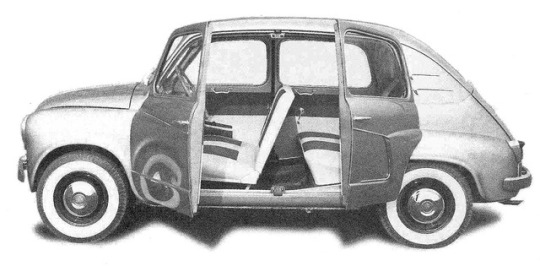
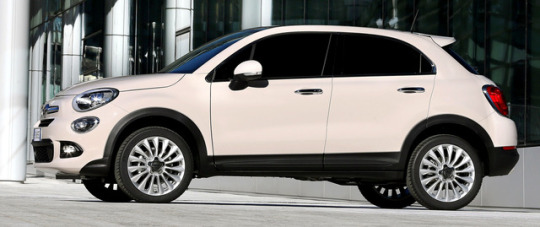
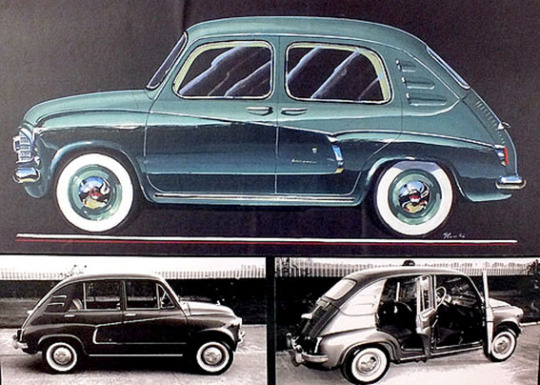
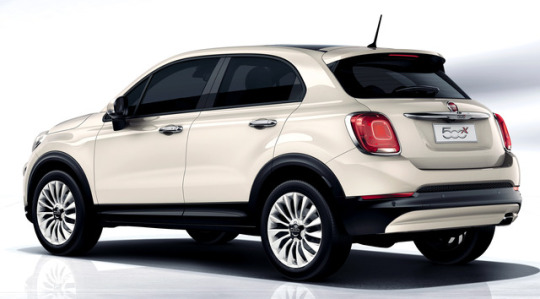
What a difference 61 years makes Alternating pics of Fiat 600 Lucciola, 1957, by Carrozzeria Lombardi and Fiat 500X Lounge, 2018. Fiat didn’t make a 4 door version of the original 500/600 but coachbuilders Francis Lombardi filled the gap. Fiat recently revealed their 2018MY 500X (brown car) recently though the revisions are minor
85 notes
·
View notes
Photo
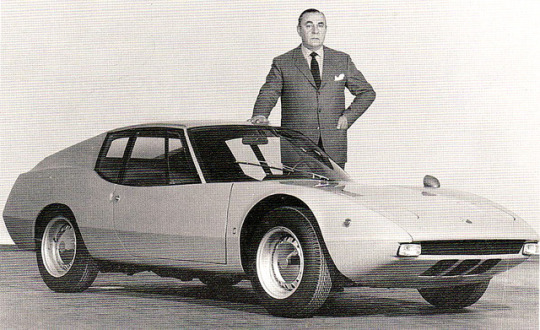
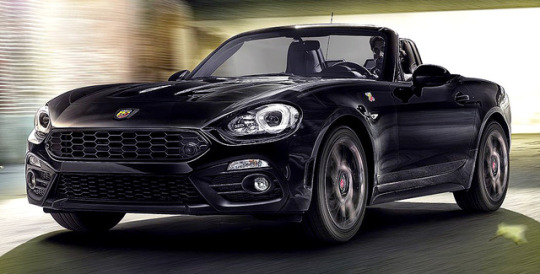

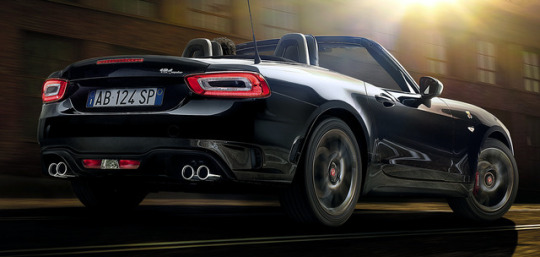
What a difference 47 years makes Alternating pics of Abarth 1300 Scorpione, 1970 and Abarth 124 Scorpione, 2017. The 1300 Scorpione was powered by a rear-mounted tuned version of the original Fiat 124′s engine and was built by Carrozzeria Francis Lombardi having been designed by Giuseppe Rinaldi. It was the last independently produced Abarth model. The new Abarth 124 Scorpione is a special edition which will debut at the Geneva Motor show
#Abarth#Fiat#abarth scorpione#Abarth 124 Scorpione#what a difference#Francis Lombardi#1970#2017#new car#Geneva Motor Show
126 notes
·
View notes
Photo
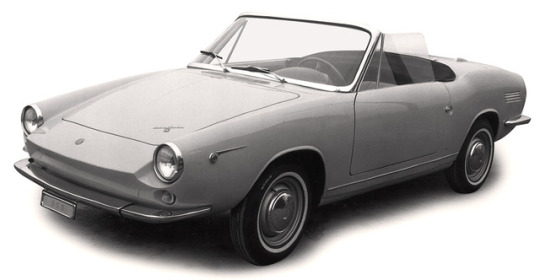
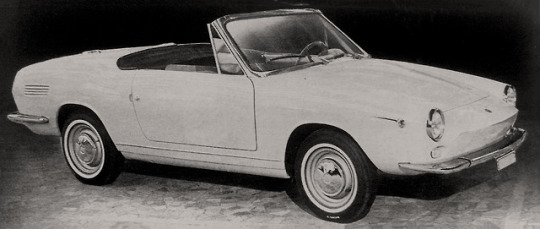

Fiat 850 Libellula (Dragonfly), 1964, by Francis Lombardi. Presented at the Turin Motor Show, I’m unclear if any were actually made
#Fiat#Fiat 850#Francis Lombardi#Carrozzeria Francis Lombardi#coachbuilt#Fiat 850 Libellula#1964#1960s
66 notes
·
View notes